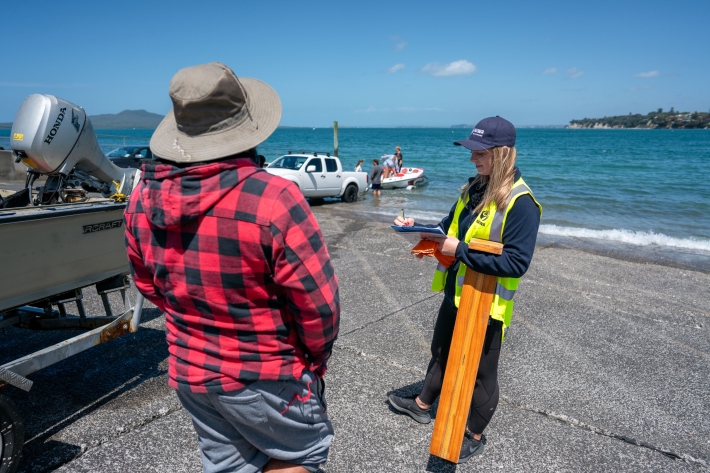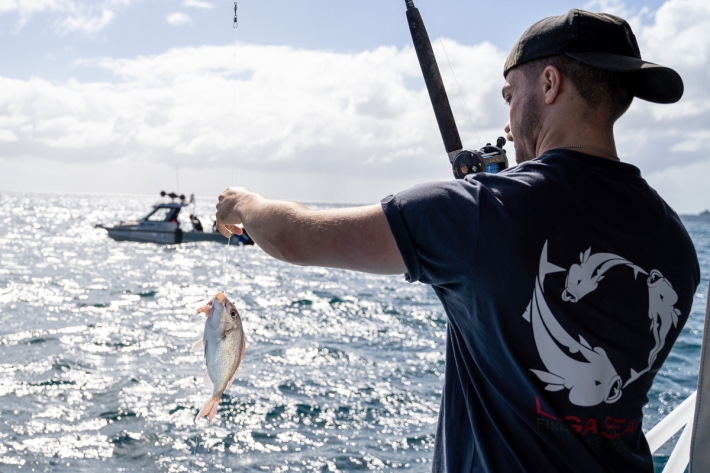Fisheries New Zealand estimate that 600,000 people, or approximately 13 percent of New Zealand’s population, go recreational fishing in our waters annually. Understanding the trends in these fisheries is key to ensuring sustainable fisheries across the country.
To help build this picture, NIWA is contracted by Fisheries New Zealand to gather information about recreational fishing practices and catch from popular fishing locations.
Where and when?
NIWA boat ramp interview days are spread throughout the year, on weekends and midweek days to get a representative coverage. They occur around the north-eastern coast of the North Island, parts of the west coast and areas in the South Island.
What can I expect?
Our surveyors will have a chat to you when you return from a day’s fishing. They’ll ask you where, when and how you fished, and count and measure your catch. It takes just a few minutes.
How is the information used?
All information collected is kept private and anonymous.
Using the data we collect from you, NIWA’s scientists can identify trends in the populations of key recreational species. We use the information to give us an idea of how the number, size and age distribution of fish species are changing over time. MPI uses this information to manage and conserve stocks, ensuring enough fish remain for future generations to enjoy.
More on our work
-

Boat ramp surveys boost knowledge of recreational fishery
Media release03 January 2024NIWA gathers information about fishing practices and the catch of an estimated 600,000 people who participate in recreational fishing every year. -

New research indicates careful fish handling helps support sustainable fisheries
News article14 December 2022The initial data on the survival rates of snapper that are caught and then released, suggests careful handling could help fishers save hundreds of thousands of fish per year.


